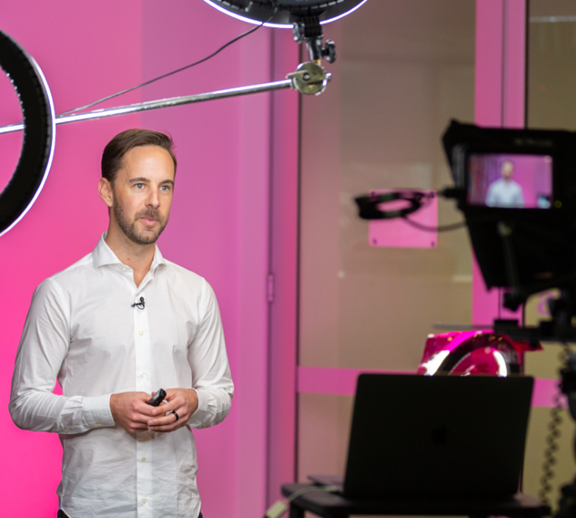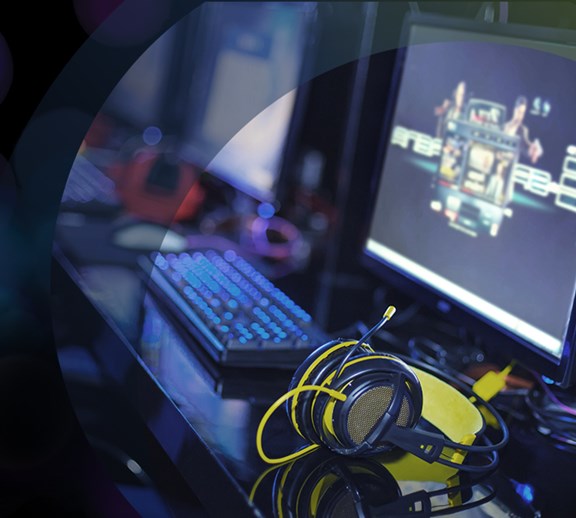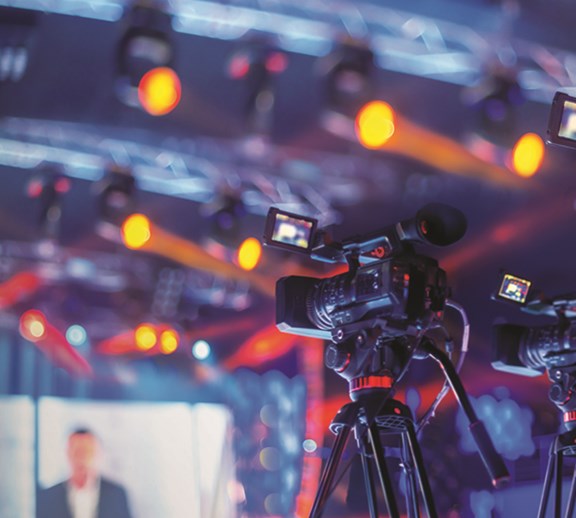Return on purpose: How to make the most of virtual events
Written by: Barry Danielson, Vice President, Decision Sciences, BI WORLDWIDE
(View Author Bio)
All companies big and small need to find ways to hold virtual events and meetings, sometimes for hundreds or thousands of people at a time. But how do you know whether your virtual event was successful?
Scroll Down
Yes, a global pandemic forced us into it. And many people don't really like it. But virtual meetings and events, in one form or another, are here to stay.
From one-on-one meetings to large corporate events — like employee recognition, sales training programs, a new product launch or trade shows — companies have needed to find ways to maintain and grow business relationships with their employees, channel partners and customers.
When participating in one-on-one virtual meetings, it's pretty easy to tell whether the meeting went well or not. Did the call go as planned? Did you accomplish what needed to be done?
But what about large corporate events that may have hundreds or thousands of participants? How do you know whether your virtual event was successful? How do you know your objectives were met? And, how do you determine what should be improved for next time?
With the myriad number of ways to conduct virtual events and meetings, you need to have a robust measurement strategy to make the most of your investment. BI WORLDWIDE's approach to this measurement strategy is called the return on purpose.
Return on purpose
When considering hosting a virtual event, planners and key stakeholders begin by asking questions about the purposes of the event. Some of those questions might include:
- Why are we gathering these people together?
- What are the key messages we need to communicate?
- What do we want people to do as a result of participating?
In addition to these important questions, research tells us that to make the most of a large group event, developing a non-rational, emotional connection with people creates a more lasting impact. Therefore, we recommend you take the planning questions one step further by asking, "In what ways can we create an emotional connection or engagement as part of our meeting?"
While these questions are critical for planning corporate events, they are also critical to the measurement strategy that helps identify what worked, what didn't and what improvements are necessary to make the most of future events.
Know, feel, do
With answers to the above questions, a return on purpose measurement strategy begins by establishing baselines around the purposes identified. Then, you wrap specific metrics around three key elements of what you want your audience to know, feel and do as a result of participating in the event.
- Know — Key takeaways, like "This product will create greater efficiencies for my customers".
- Feel — Emotional connections, like "I feel confident my company has my best interests in mind".
- Do — Meaningful actions and behaviours that impact business results, like registering for an event, participating in a breakout or requesting a demo.
Isolating the impact of the virtual event itself requires establishing a baseline of the know/feel/do elements prior to the event. This allows a direct comparison between what the audience knows, feels and does prior to the event and in what ways these elements change after they've attended.
Baseline measurement leverages a combination of survey research and analysis of pre-existing company data (i.e. audience KPIs). The survey research will help you understand the current attitudes and perceptions (FEEL) of your target audience and their current levels of knowledge (KNOW), as they relate to the purposes of the virtual event. Analysis of existing data may give you some metrics on current levels of knowledge (KNOW), but more importantly, metrics around the behaviours you intend to impact (DO) through the virtual event.
When to measure
For multi-day events, it is possible to conduct survey measurement as the meeting is taking place so that modifications can be made on the fly. However, in most situations, post-measurement takes place once the event is finished. The survey research should be conducted as soon as possible after the end of the event to make sure you gather participant feedback while the event is still fresh in their minds.
The data analysis to show changes in behaviour, however, is likely more appropriate weeks, or even months, after the event is finished. The appropriate timing of this analysis depends on how quickly you expect behaviours and/or actions to change. Once the analysis is completed, not only will you see in what ways behaviours have
changed but also how those changes impact business results. Ultimately, this analysis will allow you to calculate return on investment (ROI).
Comparing and contrasting similarities and differences between pre-event (baseline) and post-event measures are critical to establishing the connection between the event itself and changes in actions and behaviours that impact business results. Combining analysis of the survey results and company data reveals where additional support may be needed to sustain the enthusiasm that naturally occurs when bringing people together around shared purposes.
Yes, virtual is here to stay. But applying a purposeful measurement strategy can help you make the most of your virtual events.
Create a virtual experience to inspire your audience.
















